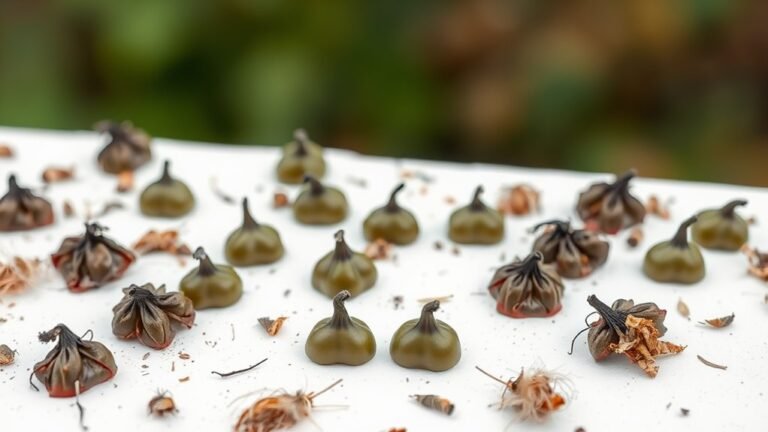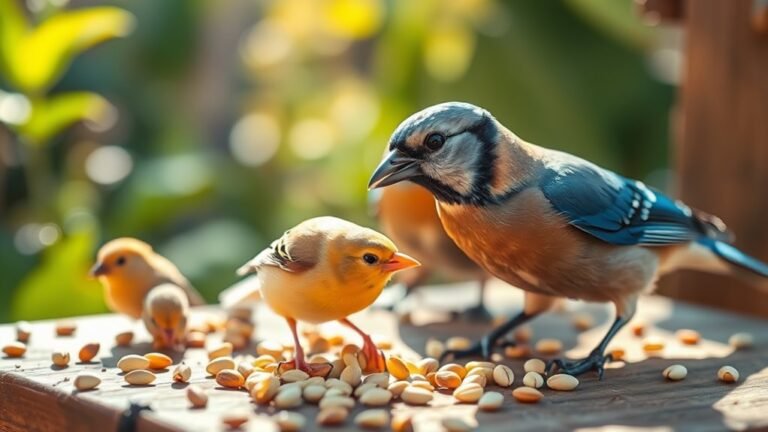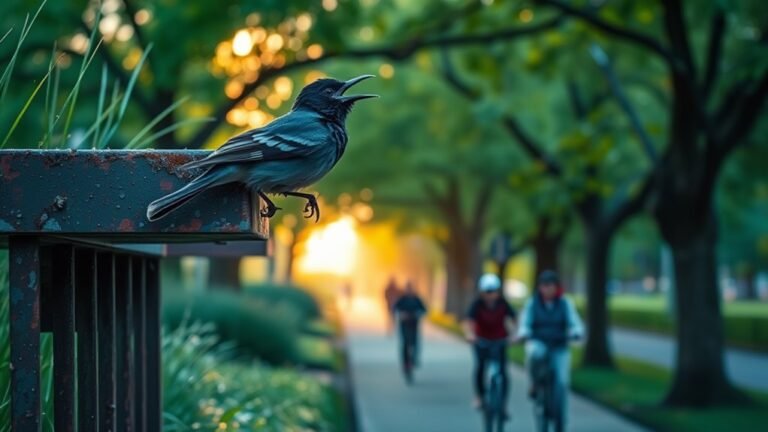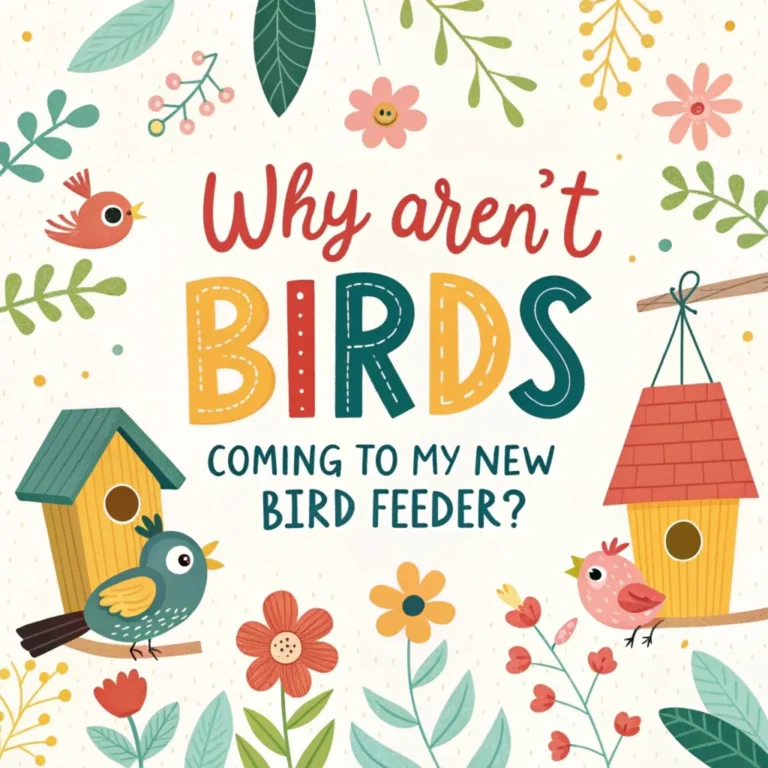What Does a Sparrow Look Like? A Guide to Identifying Sparrows
Sparrows are small birds, typically measuring between 4 to 7 inches in length. They have a sturdy build and a short, strong bill that is ideal for cracking seeds. The colors of their feathers vary by species. Some sparrows display rich brown hues, while others have streaked patterns. You may notice that their colors can change slightly with the seasons. Each sparrow you see can have distinct features, making every sighting interesting and unique. Enjoy spotting these diverse birds!
Key Takeaways
Sparrows are small birds, measuring between 4 and 7 inches long. They have stout bodies and strong, short bills.
House sparrows have gray-brown feathers. American tree sparrows display unique streaked patterns on their feathers. Their appearance can change with the seasons. In spring, they show vibrant colors, while in winter, their plumage becomes duller.
Facial patterns are key for identifying different species. For example, Harris's sparrow has notable crown stripes.
Sparrows are social birds. They interact through cheerful chirps and distinctive songs. This behavior helps in identifying them, even if they are not visible.
Overview of Sparrow Characteristics
Sparrows are small birds that are social and often found in flocks. They search for food together, typically near human habitats.
Their diet includes seeds, grains, and insects, which provide essential nutrients for energy and reproduction.
Observing sparrows allows you to appreciate their adaptability and resilience. They communicate with chirps and tweets, creating a lively atmosphere that connects them to their surroundings.
Common Types of Sparrows
Sparrows are common birds you can see in many places. The house sparrow is a familiar sight in cities. It has a strong body and gray-brown feathers, allowing it to blend into urban areas. You often find them searching for food near restaurants and parks.
Another type is the song sparrow. These birds prefer grassy fields and wetlands. They're known for their beautiful singing. Their songs can add joy to your outdoor time.
Recognizing these sparrows can help you feel more connected to nature. Observing how they interact socially can also improve your understanding of local environments.
This insight fosters a deeper appreciation for the vibrant birdlife around you.
Key Identifying Features
When you look at sparrows, you'll see some clear features that help you identify them. First, sparrows are small birds, usually about 4 to 7 inches long. They often feed in groups, scratching the ground quickly to find seeds and insects.
You can watch them hop around in grasses and shrubs, showing how active they're while eating. Their short, strong bills are perfect for cracking seeds. As you watch them, you'll hear their cheerful chirps, which highlight their social nature and help you distinguish them from other backyard birds.
Color Patterns and Markings
Observing the color patterns and markings of sparrows can improve your identification skills. Notice the different color variations in species, like the rich brown of the house sparrow or the streaked patterns on the American tree sparrow.
Each sparrow's plumage may change with the seasons; in winter, some look duller, while in spring, their colors become more vibrant as they prepare for mating.
Look for distinctive features like streaked or spotted markings. Facial patterns, such as the crown stripes on a Harris's sparrow, make it easy to identify.
Paying attention to these color patterns can strengthen your appreciation for these fascinating birds.
Sparrow Calls and Sounds
Understanding sparrow calls and sounds helps you identify these birds in the wild. Each sparrow species has its distinct songs and calls, serving as their vocal signatures.
For instance, the House Sparrow produces a lively chirp, while the Chipping Sparrow emits a soft, musical twine.
Male sparrows often sing during courtship or to defend their territory. Notice the different pitches, rhythms, and patterns in their sounds; these details can help you tell species apart.
Sparrows also make subtle calls while foraging, indicating their presence even if they're hidden.
Preferred Habitats
Sparrows prefer open areas near people, such as parks, gardens, and farms. They thrive in cities, where they find food like crumbs and seeds.
Sparrows look for grassy spaces to search for food, making grasslands a good place for them. You can see them moving between bushes and low shrubs, which help protect them from predators.
They build nests in safe spots, like under eaves or in dense shrubs, providing shelter in backyards.
Understanding where sparrows like to live helps us appreciate their role in both natural and urban settings, enhancing our local environment.
Tips for Sparrows Observation and Spotting
To spot sparrows effectively, find a quiet spot during early morning or late afternoon. These are the best times to see them when they're most active.
Use binoculars to watch them forage for seeds and insects on the ground. Look for small flocks, as sparrows often gather in groups. Move slowly to avoid scaring them away.
Listening for their distinct chirps can help you locate them. Consider writing down your observations to connect more with these charming birds.
These tips can make your birdwatching experience more enjoyable and help you connect with other nature enthusiasts.
Frequently Asked Questions
What Are the Biggest Threats to Sparrow Populations?
Sparrow populations face serious threats from habitat loss and lack of food. As cities grow, their natural homes disappear. This change makes it difficult for sparrows to find places to live and enough food to survive.
Do Sparrows Migrate Seasonally or Remain Year-Round?
Sparrows have different migration habits. Some sparrows migrate south for the winter, while others stay in warmer areas all year. Watching sparrows can help you learn more about how they adapt to seasonal changes.
How Can I Attract Sparrows to My Backyard?
To attract sparrows to your backyard, fill bird feeders with a variety of seeds, such as millet and cracked corn. Place these feeders in sheltered spots to provide protection. Additionally, plant native plants to create a comfortable environment. These steps will help make your backyard inviting for sparrows.
What Is the Lifespan of a Typical Sparrow?
A typical sparrow lives three to five years in the wild. Their lifespan is affected by behavior and environmental conditions. By providing a safe habitat, you can help sparrows live longer and thrive in your backyard. Enjoy watching these birds as they bring life and color to your surroundings.
Are Sparrows Beneficial for Local Ecosystems?
Sparrows are important for local ecosystems. They eat seeds and insects, which helps keep pest numbers low. By spreading seeds, they encourage plant growth. Their presence boosts biodiversity, benefiting the environment and local communities. Sparrows contribute positively to nature and enhance the harmony within ecosystems.

Ava is a bird enthusiast and nature lover who has spent countless hours observing and learning about the fascinating world of birds. With a passion for sharing her knowledge and inspiring others to appreciate the beauty of birds, Ava writes about her experiences and insights on avianadmirer.com.







